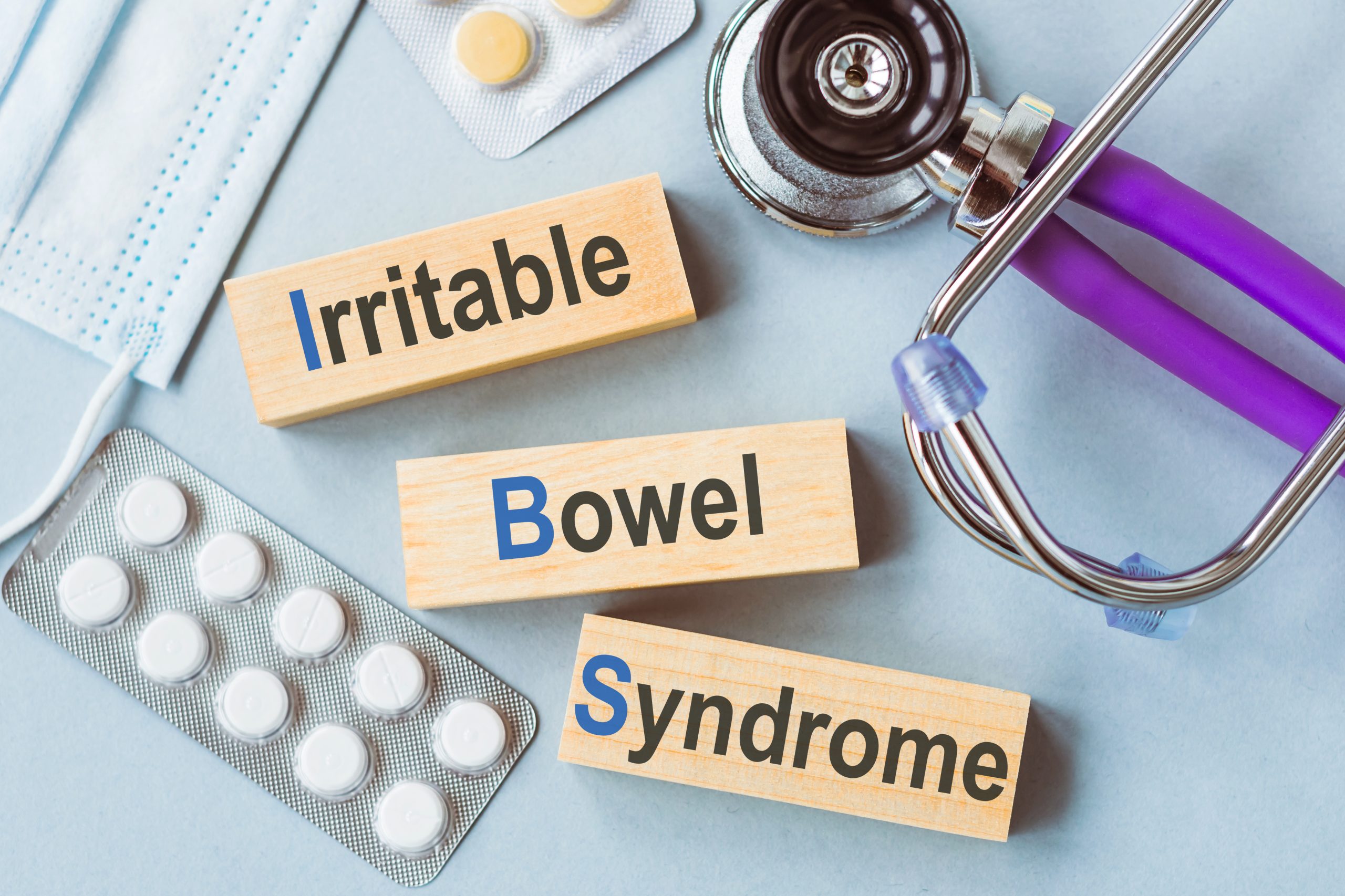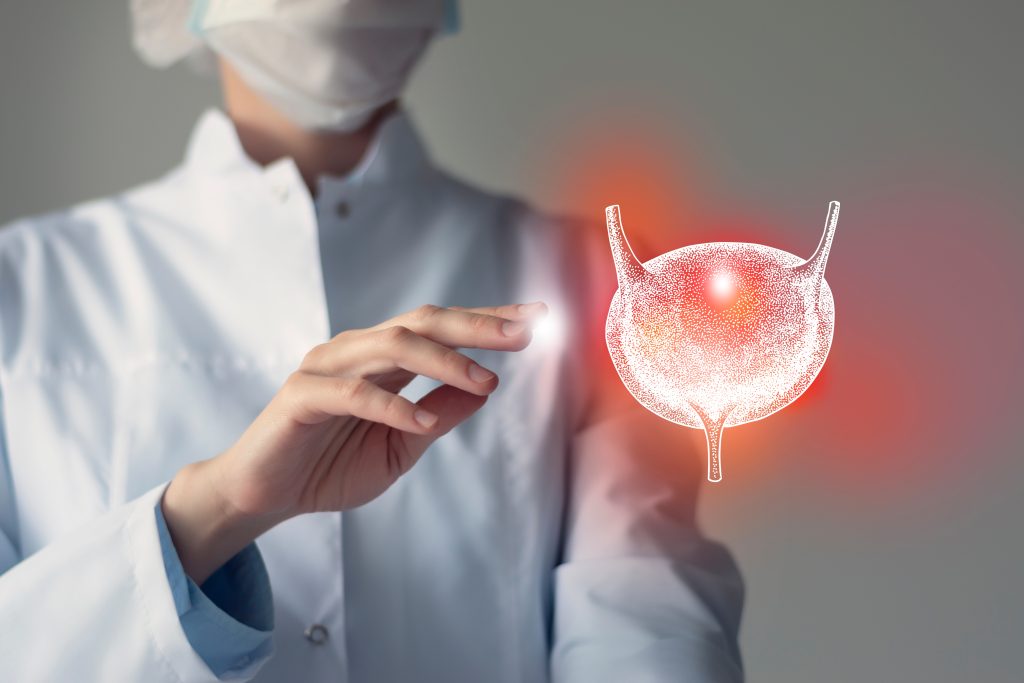Irritable Bowel Syndrome (IBS) is a common gastrointestinal disorder affecting millions worldwide, but it comes in several forms. One such form is IBS-D or IBS with diarrhea. While both IBS and IBS-D share some similarities, there are key differences that affect symptoms, diagnosis, and treatment. This guide will explore these differences in detail, helping you understand how to manage both conditions effectively.
Understanding the Differences Between IBS-D and IBS
IBS is an umbrella term for a group of functional gastrointestinal disorders. The main types include:
- IBS-D: Predominantly diarrhea
- IBS-C: Predominantly constipation
- IBS-M: A mix of both diarrhea and constipation
All types of IBS involve abdominal pain, discomfort, and bowel irregularities. The primary distinction between IBS-D and general IBS is how these symptoms manifest, especially concerning bowel habits.
With IBS-D, bowel movements can change in frequency and or consistency. Movements can also become more urgent. These symptoms may lead to discomfort in daily activities or just reluctance to participate in activities. It is tough to do typical day-to-day activities when you are unaware of where or when you will need to relieve yourself. In contrast, IBS without the “D” may present more varied symptoms, such as constipation, bloating, or a combination of diarrhea and constipation. It is equally discomforting but may not manifest itself as urgently, so you can participate in day-to-day activities with a bit more ease. The underlying causes of these subtypes may overlap, but treatment and symptom management often differ.
Symptoms: What Sets Them Apart
Although both IBS-D and other forms of IBS share symptoms such as abdominal pain, bloating, and gas, the way these symptoms appear differs based on the subtype.
IBS-D Symptoms:
- Frequent bowel movements (2 or more stools per day)
- Urgent need to have bowel movement after eating a meal
- Abdominal pain is relieved after bowel movements
- Sudden, urgent need to use the bathroom
- Loose, unformed, or watery stools
- Mucus in stools
IBS Symptoms (General):
- Irregular bowel movements (can vary from constipation to diarrhea)
- Abdominal pain that varies in intensity
- A feeling of incomplete bowel movements
- Constipation or mixed symptoms
The key difference is the nature of bowel movements. People with IBS-D experience more frequent and watery stools, along with urgent trips to the bathroom. Conversely, individuals with IBS-C may struggle with infrequent, hard stools.
Are the Causes of IBS-D Different from Those of IBS?
The causes of IBS-D and IBS are largely similar, with both conditions being linked to:
- Abnormal gut motility (how the intestines move)
- Altered communication between the brain and gut
- Food sensitivities
- Gut flora imbalances
- Previous infections or illnesses
While the root causes are the same, how the gut responds determines whether a person has IBS-D, IBS-C, or IBS-M. The intestines may be more prone to overactivity for IBS-D, resulting in diarrhea. In IBS-C, the intestines may slow down, leading to constipation.
Key Diagnostic Criteria
IBS-D and IBS are both diagnosed based on symptoms rather than clear medical tests. However, doctors rely on specific criteria and testing to differentiate between subtypes.
To diagnose IBS and its subtypes, including IBS-D, doctors use:
- Rome IV Criteria: This set of guidelines defines IBS as recurrent abdominal pain occurring at least once per week for three months. The diagnosis is based on pain related to bowel movements, changes in stool frequency, or stool consistency.
- Stool Analysis: Doctors may examine stool samples for IBS-D to rule out infections or other causes of diarrhea.
- Blood Tests: These can rule out other conditions like celiac disease or inflammatory bowel disease (IBD), which may mimic IBS symptoms.
- Colonoscopy or Endoscopy: These are sometimes performed to rule out more serious conditions like colon cancer or Crohn’s disease, particularly in older adults or those with concerning symptoms like weight loss or bleeding.
Treatment Options: IBS-D Compared to IBS
While IBS and IBS-D are both treated through a combination of lifestyle changes, diet, and medication, the treatment strategies can differ depending on the subtype.
IBS-D Treatment:
- Anti-diarrheal Medications: Loperamide (Imodium) is often used to control diarrhea.
- Antispasmodics: Drugs like dicyclomine help to reduce cramping and abdominal pain.
- Bile Acid Binders: Bile acid malabsorption can contribute to diarrhea for some people with IBS-D. Medications like cholestyramine can help.
- Probiotics: Probiotic strains like Bifidobacterium infantis can improve gut health and reduce IBS-D symptoms.
- Prescription Medications: In more severe cases, drugs such as eluxadoline (Viberzi) or the antibiotic rifaximin may be explicitly prescribed for IBS-D.
- Antihistamines: Patients with IBS have increased histamine receptors and may respond to combinations of specific antihistamines given at certain ratios.
IBS Treatment:
- Fiber Supplements: For IBS-C, fiber supplements such as psyllium can improve constipation.
- Laxatives: IBS-C patients may use laxatives to manage constipation, unlike IBS-D patients.
- Low FODMAP Diet: The low FODMAP diet is beneficial for all IBS types, helping to reduce overall symptoms by limiting certain fermentable carbohydrates.
- Antidepressants: Low doses of antidepressants can help manage the pain and discomfort associated with all forms of IBS, including IBS-D.
Effective Managing Strategies
Managing IBS-D, compared to general IBS, involves tailoring lifestyle changes and treatments to specific symptoms. While both conditions benefit from dietary changes and stress management, the approach differs slightly depending on whether diarrhea, constipation, or a mix of both is present.
Dietary Adjustments:
- IBS-D, avoiding foods that trigger diarrhea, like fatty and fried foods, dairy, and caffeine, is critical. The low FODMAP diet also helps many patients control symptoms by cutting out foods that ferment in the gut.
- IBS-C, a high-fiber diet, and hydration are crucial to keeping stools regular.
- IBS-M management may require alternating between strategies used for both diarrhea and constipation.
- Stress Management: Both IBS-D and IBS can flare up due to stress. Meditation, yoga, and regular exercise help manage stress and reduce symptom severity. Cognitive-behavioral therapy (CBT) is also an effective treatment for stress-induced IBS symptoms.
- Track Symptoms: Keeping a food and symptom diary helps identify triggers, such as specific foods or stressful situations, allowing you to adjust your management strategy accordingly.
Whether dealing with IBS-D or another form of IBS, consult with your healthcare provider to create a personalized treatment plan. With the right strategies, you can minimize symptoms and improve your quality of life.
Looking for fast and effective relief for your digestive discomfort? Visit Get Relief Rx today to explore proven solutions designed to ease your symptoms and improve your gut health. Click here to start feeling better now!




